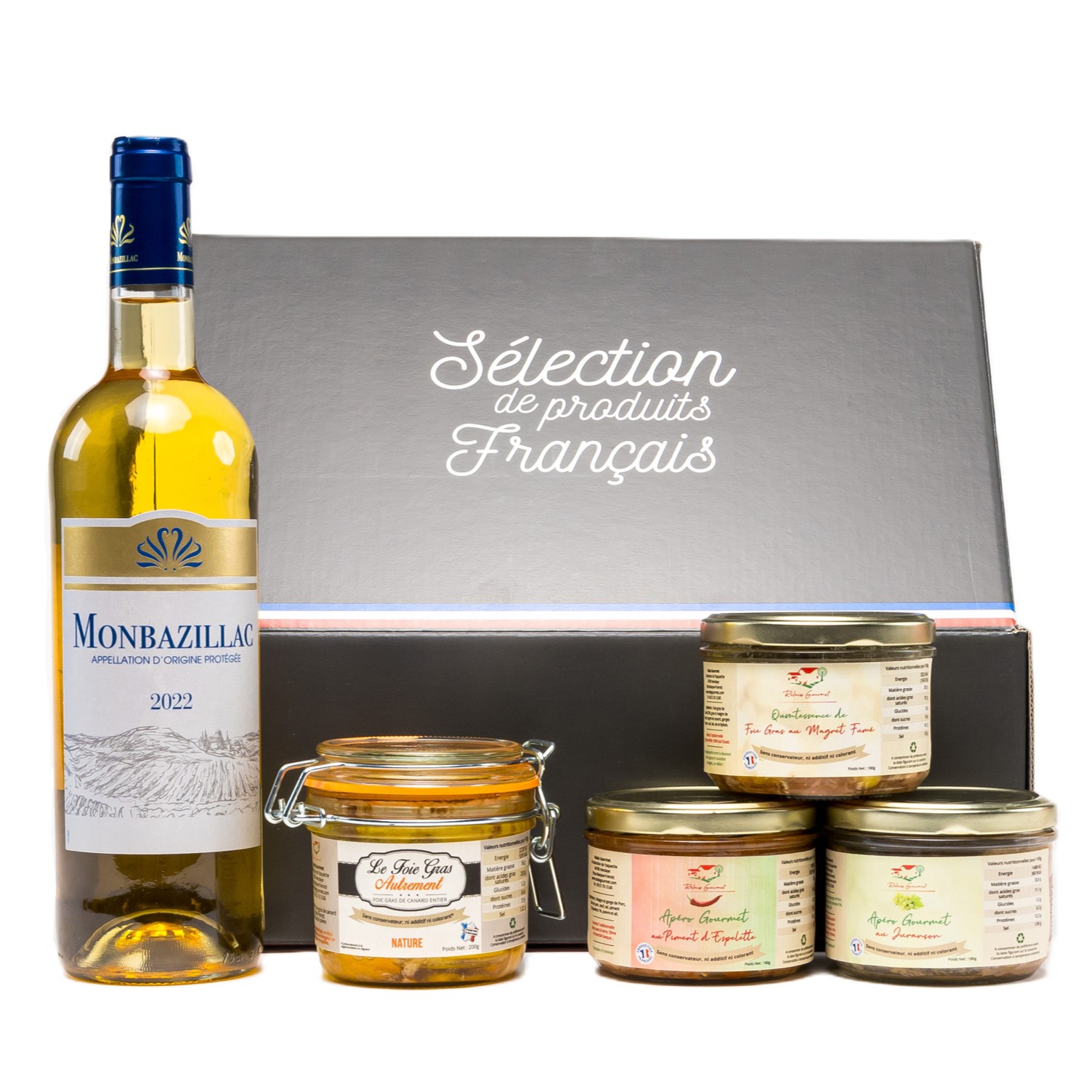
The city of Bayonne is located in the Basque Country in the region of southwestern France. It is known for its museums, its history and especially its ham. A ham that is refined for months by expert pork butchers and that affect not only animals, breeders, but also the region itself. From animal to cold meats, a lot of strict rules and careful steps must be taken to sell this culinary delight.
PGI status
This is what we call the protected geographical indication. This is the status given by the European Union to all products that meet specific production and marketing criteria. Any product made in a locality with food supplies derived solely from this locality is given this honourable status. This is the case for this ham that meets all the requirements and which was given the name of Bayonne ham.
The preparation
It all starts with careful handling of the pigs that will be used to make the ham. In this case, 18 breeds are bred in the Adour area. Their diet is monitored and removed from any harmful substances (no steroids, no fish oils, no antibiotics) to ensure the proper fabrication of ham. Thus the transportation, the slaughter, the cutting, the weight, the size and even the necessities for the seasoning (fats, salts, etc.) are all governed by rules vigorously respected and applied.
Drying and seasoning, ripening
Drying methods can be modern or traditional but always respect the same stages of manufacture and seasoning and especially the same equipment of control of variation of season. Modernism enables total control but also manual control of the temperature and humidity present in the drying chamber. This offers the opportunity to reproduce with great success the different climates.
Ancient methods are rhythmed by time and nature. Here in Bayonne, it is the alternation of dry weather caused by the southerly winds (Foehn) and humidity brought by the westerlies coming from the ocean. Therefore, everything is done in stages and according to a specific agenda. From slaughter to drying and seasoning, each step is dictated by the seasons.
Both seasoning and drying respect the time and each condiment has its time. At the beginning of drying, thanks to the very low temperatures, the meat does not require many elements. However, it is still salted by natural salt from the Adour countries.
In the next months, which are warmer, a delicately dosed mixture of pork fat and flour called a breakdown is applied to the meat. The latter is used to seal the end cut of the joint. This will help reduce the drying speed in the following months.
Finally, the maturing of Bayonne ham is the last and crucial step, because it is when the Bayonne ham acquires all these many delicious qualities (sweetness, perfect marriage of aromas, perfect sealing, etc.). Finally, the hams are engraved with lauburu (the Basque cross is a seal certifying the authenticity of Bayonne ham.) around the fat part.
It is important to note that if the Bayonne ham is so perfect, it is probably because of the long period and the different stages of its fabrication, between 12 and 18 months. And that for an unforgettable taste.